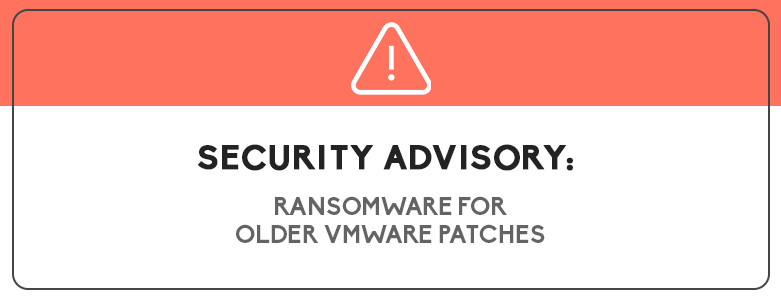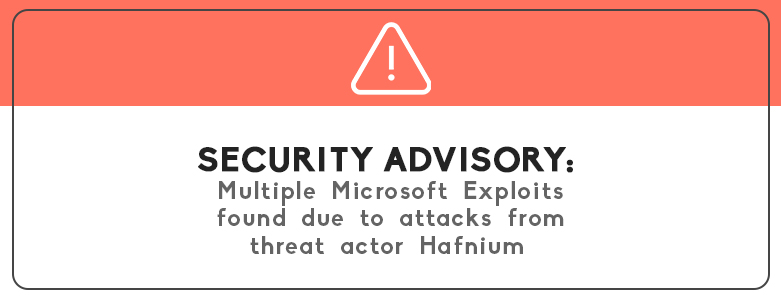Security Advisory: ESXiARGS Ransomware for VMware, for Immediate Patching

To all VMware ESXi server users, we would like to spread awareness that businesses currently using older patches of ESXi are at risk of being hit by new ransomware attack, ESXiARGS. The ransomware attack specifically targets vulnerabilities within the older ESXi patches to easily infiltrate your system. If your business is currently using the following […]
Security Advisory: Microsoft Exchange exploits used by Threat Actor Hafnium

Microsoft has recently just announced a security update with regards to a set of new exploits found being primarily used by a state-sponsored threat actor based in China which Microsoft has called Hafnium. The previously unknown exploits used by Hafnium targets on-premise exchange server software to gain initial access to the network by disguising themselves as […]
Security Advisory: Vulnerabilities found on DHCP and Microsoft Exchange
Microsoft released patches for vulnerabilities that were actively being exploited via their regular security release on the last few months of 2018. They released 49 security patches and two advisories for 2019, seven were vulnerabilities rated as critical while 40 were important. The highlight of these vulnerabilities is regarding to Windows DHCP Client (CVE-2019-0547), this allows a […]
